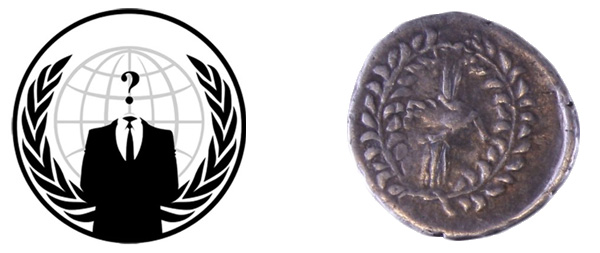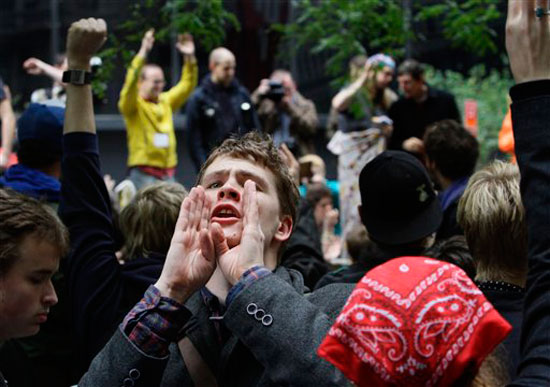by Talib Agape Fuegoverde
Originally published by Brooklyn Rail, March 2012
[LINK]
[EXCERPT]:
Artists and cultural producers of all sorts have been crucially involved in the movement at all levels since its inception in the summer of 2011.4 Holding conventional institutions and discourses of art at a distance, they have undergone a process of simultaneous de-professionalization and re-training as they learn from others in the movement and in turn share their own aesthetic and intellectual skill sets. This process of disidentifying from one’s formerly specialized role can be challenging and disorienting. This is especially the case for those who continue to maintain some relationship to pre-Occupy institutions in academia, the non-profit sector, government agencies, or the culture industries. Many arts-related people in Occupy do in fact maintain a relationship to pre-Occupy institutions, because that is where they work to sustain their lives when not giving their time and energy to the movement. However, these institutions are beginning to appear less as bastions of cultural authority than as nodes in subterranean affinity networks and common resource pools that might be tapped in the interest of growing the movement. While the movement is structurally incompatible with these institutions—the Brooklyn Rail included—the latter can still provide, among other things, valuable spaces for discussion, debate, and speculation about Occupy and its future.
4. See And And And, “To the General Assembly and Affinity Groups of Occupy Wall Street,” October 4, 2011, http://andandand.org/event10_letter_to_ows.pdf/ and Yates McKee, “The Arts of Occupation,” the Nation, December 11, 2011, http://www.thenation.com/article/165094/arts-occupation/
 Wednesday, May 2, 2012 at 10:20AM
Wednesday, May 2, 2012 at 10:20AM  admin |
admin |  Post a Comment |
Post a Comment |  Alan Moore,
Alan Moore,  BROOKLYN RAIL in
BROOKLYN RAIL in  art and protest,
art and protest,  interview
interview 

